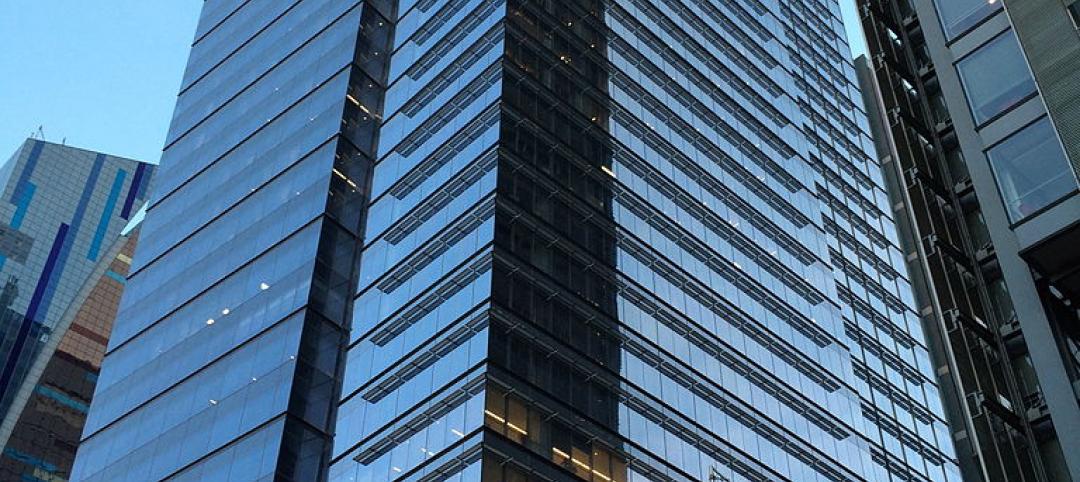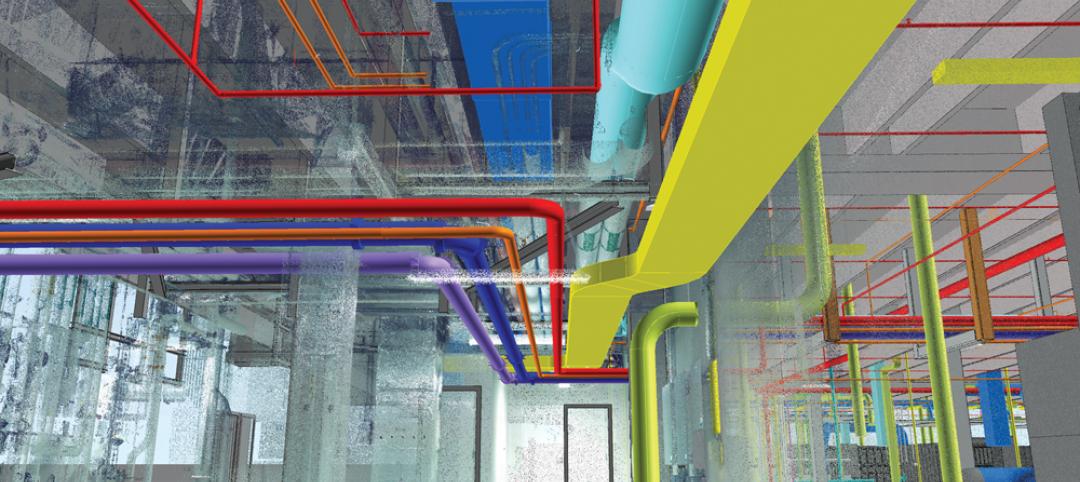The American Institute of Architects and MIT’s Center for Advanced Urbanism today announced the completion of their initial research report on eight cities and urban health, and laid out a path for translating this research into meaningful findings for policy makers and urban planners. You can see the full report here.
More than half of the world’s inhabitants live in urban areas, and this is projected to grow to 70 percent by 2050. Massive urbanization can negatively affect human and environmental health in unique ways, and many of those effects can be addressed through the realm of design. Some of the great health challenges over the next century, including the prevalence of obesity, asthma, cardiovascular disease, diabetes, and depression, among others, are both increasing at an alarming rate and frequently linked to socioeconomic factors, physical design and urban environmental factors.
“What this research represents is our first attempt to examine an array of urban health matters in eight major metropolitan areas in the United States, and to suggests a wide array of possible remedies, from better transportation planning to landscape retrofits,” said AIA Chief Executive Officer Robert Ivy, FAIA. “As we go forward, this collaboration will seek design recommendations that can be individualized to urban markets.”
“I would like in particular to congratulate the dozen or so students at MIT’s Center for Advanced Urbanism and in particular Alan Berger, professor of landscape architecture and urban design, and Andrew Scott, associate professor of architecture, for the incredible amount of effort and insight that went into compiling this report,” Ivy said.
“This research begins to unearth a truth that urban planners for many years have not realized, which is that there is no silver bullet for urban health,” says Adèle Naudé Santos, Dean of the School of Architecture + Planning at MIT. “Every city has different socioeconomic and physical layout issues. So the solution to make urban health better is going to [vary] in every city. One of the reasons we wrote the report was to give people a sense that the silver-bullet mentality, from technological or policy perspectives, needs to stop.”
“If we really want to look at urban health, we have to look across the entire metropolitan area that’s been urbanized in order to address the systems that make it perform,” said Berger. “You can’t look at a building without thinking about how people get to that building. The holistic way we look at cities here at MIT is that a city is a metropolitan area with all kinds of different fabrics, in terms of transit, economics, industry, the environment, and more.”
The report covers research that so far has been conducted in eight American cities - Atlanta, Houston, LA, San Francisco, Chicago, Minneapolis, Boston and New York. Teams of researchers have fanned out in each city to gather data about each city’s major design projects. The next step is to determine which city will serve as the ultimate laboratory for design solutions that can have a major impact on public health.
“Over the coming semester we will enter into discussions with city leaders, foundations, and local businesses to figure out where we can do the most good through collaboration on creating design solutions that improve urban health environments,” said Santos. “The research we have done so far sets the framework; what comes next is the real effort to come up with reliable design solutions to the health crisis facing America’s cities.”
About the American Institute of Architects
For over 150 years, members of the American Institute of Architects have worked with each other and their communities to create more valuable, healthy, secure, and sustainable buildings and cityscapes. Members adhere to a code of ethics and professional conduct to ensure the highest standards in professional practice. Embracing their responsibility to serve society, AIA members engage civic and government leaders and the public in helping find needed solutions to pressing issues facing our communities, institutions, nation and world. Visit www.aia.org.
About the MIT, Center for Advanced Urbanism
Established in 2012, the MIT Center for Advanced Urbanism’s objective is to become the world’s pre-eminent cultural center about the design of metropolitan environments, by articulating methods and projects to integrate separate disciplinary agendas in architecture, landscape, ecology, transportation engineering, politics and political philosophy, technology and real estate through a most eloquent design culture on scales ranging from the complex infrastructural intersection, to that of a neighborhood, on to the scale of an entire regional system.
Related Stories
| Dec 28, 2014
10 unglamorous things architects do
An acquaintance recently asked me about the kinds of things I did on a day-to-day basis at work, anticipating a response loaded with enviable activities. She was wrong, writes HDR's John Gresko.
| Dec 28, 2014
New trends in ceiling designs and materials [AIA course]
A broad array of new and improved ceiling products offers designers everything from superior acoustics and closed-loop, recycled content to eased integration with lighting systems, HVAC diffusers, fire sprinkler heads, and other overhead problems. This course describes how Building Teams are exploring ways to go beyond the treatment of ceilings as white, monolithic planes.
| Dec 27, 2014
7 ways to enhance workplace mobility
The open work environment has allowed owners to house more employees in smaller spaces, minimizing the required real estate and capital costs. But, what about all of their wireless devices?
| Dec 27, 2014
'Core-first' construction technique cuts costs, saves time on NYC high-rise project
When Plaza Construction first introduced the concept of "core first" in managing the construction of a major office building, the procedure of pouring concrete prior to erecting a steel frame had never been done in New York City.
| Dec 23, 2014
5 tech trends transforming BIM/VDC
From energy modeling on the fly to prefabrication of building systems, these advancements are potential game changers for AEC firms that are serious about building information modeling.
| Dec 22, 2014
What Building Teams can learn from home builders' travails
Commercial and residential construction can be as different as night and day. But as one who covered the housing industry for nearly a decade, I firmly believe AEC firms can learn some valuable lessons from the trials and tribulations that home builders experienced during the Great Recession, writes BD+C's John Caulfield.
| Dec 22, 2014
Skanska to build Miami’s Patricia and Phillip Frost Museum of Science
Designed by Grimshaw Architects, the 250,000-sf museum will serve as an economic engine and cultural anchor for Miami’s fast-growing urban core.
| Dec 22, 2014
Studio Gang to design Chicago’s third-tallest skyscraper
The first U.S. real-estate investment by The Wanda Group, owned by China’s richest man, will be an 88-story, 1,148-ft-tall mixed-use tower designed by Jeanne Gang.
| Dec 19, 2014
Zaha Hadid unveils dune-shaped HQ for Emirati environmental management company
Zaha Hadid Architects released designs for the new headquarters of Emirati environmental management company Bee’ah, revealing a structure that references the shape and motion of a sand dune.
| Dec 19, 2014
Chicago Architecture Biennial to hold 'Lakefront Kiosk Competition'
The first Chicago Architecture Biennial will take place from October 2015-January 2016, with a theme of "The State of the Art of Architecture."

















